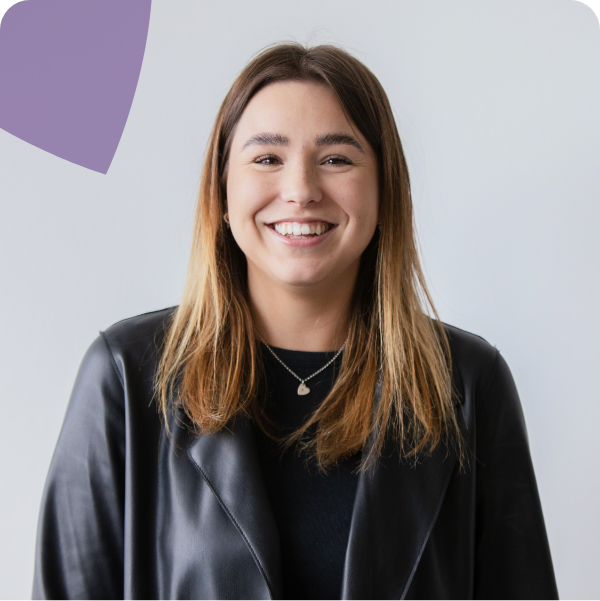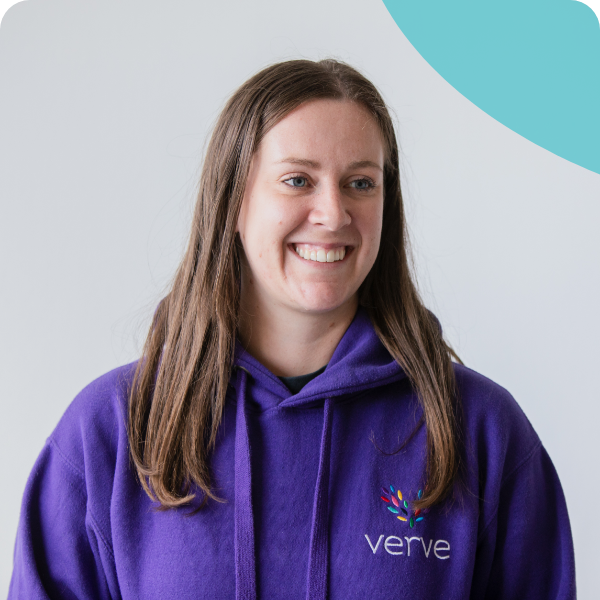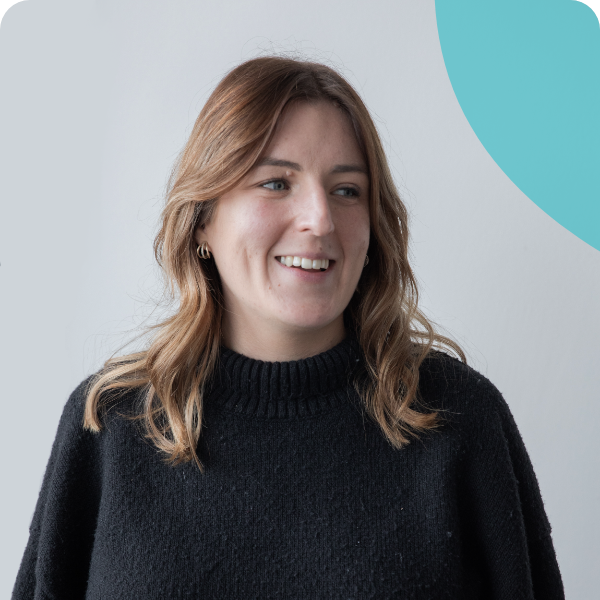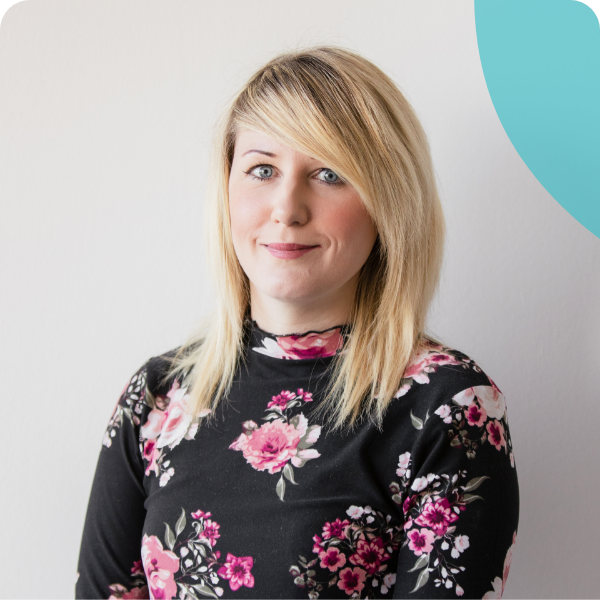We recently attended an online seminar with a group of advisers to discuss the various issues around the use of technology within the advice profession and how best to embrace it post Covid. The general consensus amongst the group being that online meetings had been a welcome addition to their process, and in large would be kept for many purposes, but that it had a definite place and that nothing could replace the value of face-to-face meetings, particularly for the initial contact. The discussion highlighted that some advisers run their business entirely virtually and will generally never meet their clients in person, whilst others encourage face-to-face meetings in an office environment to help nurture the client relationship from the outset. Both approaches have tangible benefits and are adapted and implemented to suit their client’s requirements.
This led to a wider debate around video conferencing software, the likes of Zoom, Teams, Skype and many others were mentioned as being regularly used. It was highlighted though, by numerous attendees, that the technology involved in the meeting element of the process is just the start of the advice journey and that many other ‘pieces of tech’ now make up the rest of the process, from fact finding and risk profiling, to back office client management and secure client portals. There is an ever-extending list of software that advisers now have access to and I regularly see online debates in adviser Facebook groups about what the best way to approach this issue is. The fundamental issue being that there isn’t just one piece of technology currently available that can ‘do everything’ and offer complete support across all required areas. The likes of Dynamic Planner, CashCalc and Intelligent Office are incredibly popular, but this often leads to frustration amongst advisers due to the potential rekeying of data and the time implication of this.
It’s good to see that an industry the issue is being addressed, there is now two way integration between CashCalc and several of the high profile back office systems which will likely be a huge time saving benefit to advice firms. Voyant have moved their offering entirely online as well, for flexibility and to improve its appeal to firms, so there is obviously change on the horizon. These two companies highlighted to me that many firms are adapting cashflow modelling at the centre of their advice process and building everything else out from there – but whether or not that’s the right way to do it is a discussion for another day!
The vast amount of technology does mean that it can be bewildering for advisers to choose the right software for their business, but as one attendee mentioned on the seminar, does it need to be that the technology is merely the tool of the business? The client’s preference and their journey from initial contact through to advice and review must be the priority. Technology for the sake of it can be both disruptive to the process and expensive! With proper research and putting clients at the centre of their decision-making process, firms can be confident in selecting the right technology for their businesses.
Sam Lennie














Eclipse Archives Industry Insight Popular
What’s your mastermind subject?
I’m here to talk branding. Anyone who knows me knows it’s my Mastermind subject. And, if you don’t know me, I’m Natalie Bell, [...]
Eclipse Archives Industry Insight Latest News Popular
URGENT: LTA Abolition
HMRC kindly issued a newsletter on 4th April advising clients to delay taking their pension benefits or transferring until it can fix incorrect [...]
Group News
Say hello to our trainers!
As part of our ongoing commitment to excellence, we’ve recently welcomed an awesome duo to our training dream team. We introduced a new [...]
Latest News Popular Press
Spring Budget 24
The spring budget comes and goes with no major changes to the world of financial planning. There are however some announcements and changes [...]
Eclipse Archives Group News Latest
Common ‘Training’?
I can’t get Pulp’s ‘Do You Remember the First Time’ out of my head. I’m pretty sure that Jarvis had other things on [...]
Eclipse Archives Industry Insight Latest
Stellar Compliance
You may have spotted that this week we hosted our monthly TALK event, and this month we were joined by Gillian Hepburn, Benchmark, [...]
Group News Latest
And who do we have here?
We have yet more exciting internal news to share, following a shake-up in a section of our client relations department – with two [...]
Group News Latest News Press
In the press
It’s been a busy January so far! We’ve had a few of our team speak with some press about some hot topics in [...]